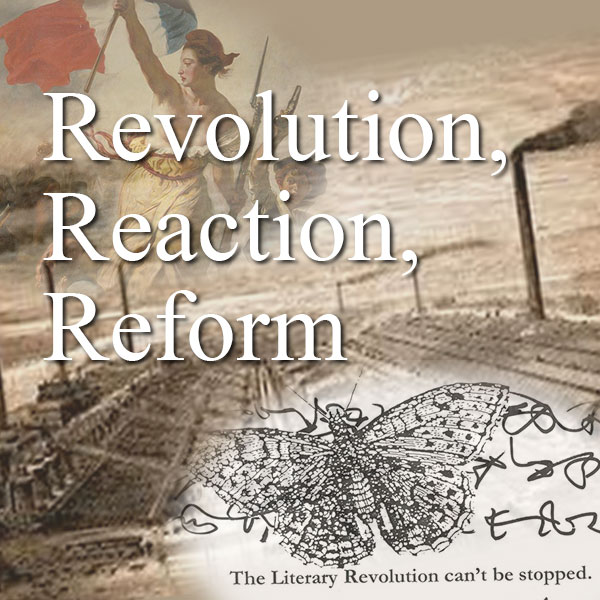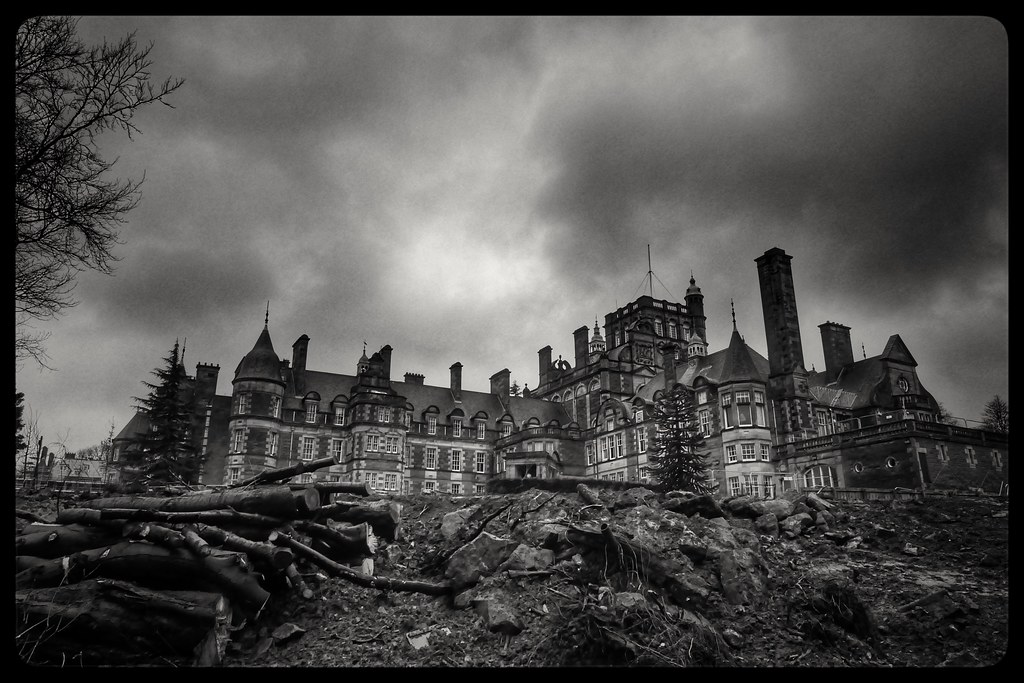MSSU ENG272 - Spring 2025 Dashboard
Description
 British Literature II: Revolution, Reaction, Reform examines British literature from the late eighteenth century to the present, a period that witnessed the American and French Revolutions, slave revolts such as the Haitian Revolution, a “revolution in female manners,” the Industrial Revolution, the twentieth-century revolutionary wave in Europe, as well as World War I and World War II, and, of course, artistic revolutions. We will consider how the authors and literary works of this period might be reacting to change, advocating for reform, or participating in literary revolutions—whether revolution is understood in the sense of “revolving” or of “revolting,” going full circle to return to a previous (more perfect?) time or experiencing/effecting a great alteration or rupture.
British Literature II: Revolution, Reaction, Reform examines British literature from the late eighteenth century to the present, a period that witnessed the American and French Revolutions, slave revolts such as the Haitian Revolution, a “revolution in female manners,” the Industrial Revolution, the twentieth-century revolutionary wave in Europe, as well as World War I and World War II, and, of course, artistic revolutions. We will consider how the authors and literary works of this period might be reacting to change, advocating for reform, or participating in literary revolutions—whether revolution is understood in the sense of “revolving” or of “revolting,” going full circle to return to a previous (more perfect?) time or experiencing/effecting a great alteration or rupture.
Access the works for annotations assignments in COVE Studio here: ENG 272, Spring 2025
The digital edition of Frankenstein for annotations and the map project can be found here: Mary Shelley, Frankenstein (1818)
Galleries, Timelines, and Maps
Individual Entries

In 1917, Wilfred Owen was sent to Craiglockhart War Hospital in Edinburgh to recover from the psychological toll of trench warfare. But the hospital became more than a space for medical treatment... it was a strange kind of sanctuary for soldiers who could no longer speak the language of patriotism. Here, Owen met Siegfried Sassoon, whose influence helped him turn fear and grief into poetry. These weren’t poems for glory, but for reckoning. Together, they contructed the Edinburgh Poems. Recently, the poetry written by both parties in Craiglockhart was drafted into a single edition and published in 2022. The hospital walls bore witness to art born not of peace, but of rupture. Owen began to write against everything war had tried to silence, not with rage, but with clarity. This location...
more